This morning on Twitter, Lisa Su, AMD’s CEO posted a picture of a server. While that is exciting, there was some confusion on what the server is showing. While I checked, and STH is under embargo for next week’s event, AMD posted a picture so we wanted to at least clear up what is visually being shown.
AMD’s CEO Teases the OAM Accelerator Era on Twitter
Here is the tweet that folks are talking about:
Looking forward to showcasing our upcoming @AMDServer #EPYC and @AMDInstinct accelerators. Join us for our Accelerated Data Center Premiere on November 8th at 11 a.m. ET. https://t.co/O2xZjXctfj pic.twitter.com/ezlWMNO9gK
— Lisa Su (@LisaSu) November 5, 2021
In that tweet, here is the image. We will note that the AMD EPYC and AMD Instinct brands are featured. EPYC is its CPU brand. Instinct is its GPU brand:
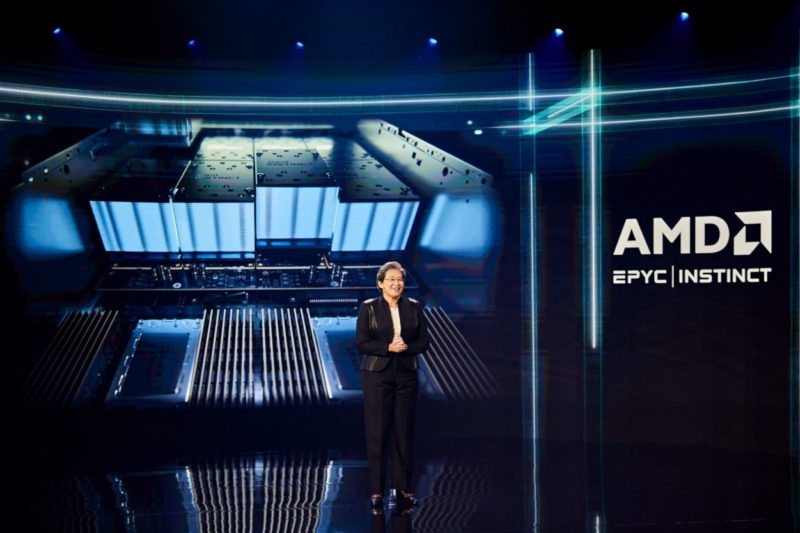
On the bottom of AMD’s photo, we can see two AMD EPYC CPUs. Most STH readers will recognize the sockets from our various reviews, including this week’s ASRock Rack ROME2D16-2T Dual AMD EPYC motherboard review. What is different is that we see 16 DIMM slots compared to the below, but even the current generation systems support 2DPC.
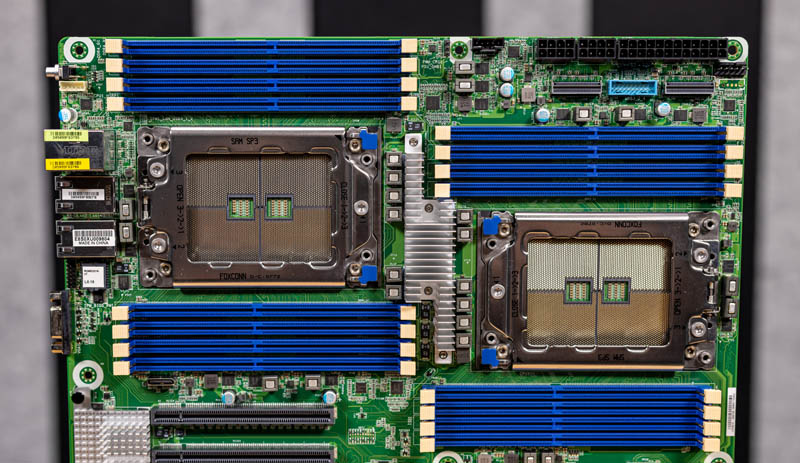
The bigger disclosure from this picture is the eight large heatsinks on accelerators. These are OAM modules. At STH we have been covering OAM for some time. Companies like Facebook have the Zion Accelerator Platform for OAM.
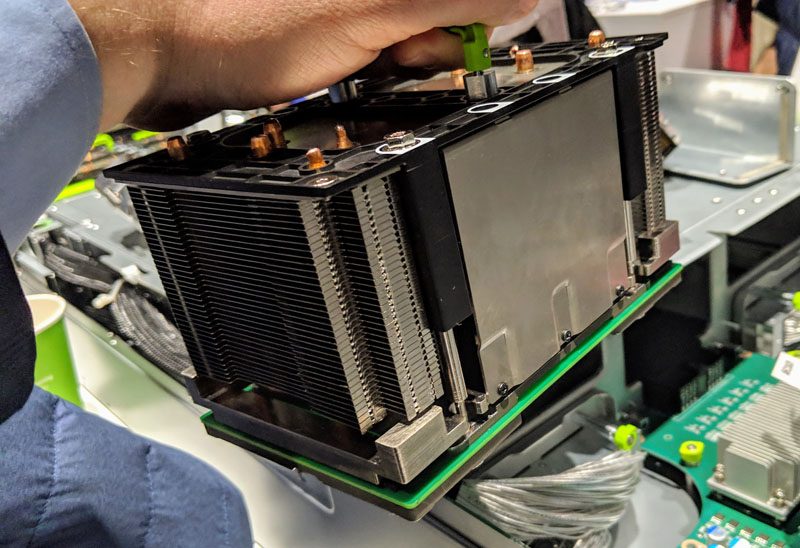
OAM is going to be the new standard that is going to take the place of more proprietary solutions such as NVLink that NVIDIA uses in systems like the Dell EMC PowerEdge XE8545 we reviewed. The market has responded with the UBB or Universal Base Board design that fits eight accelerators to a PCB and has interconnected wires between them and then allows for cabled external connections.
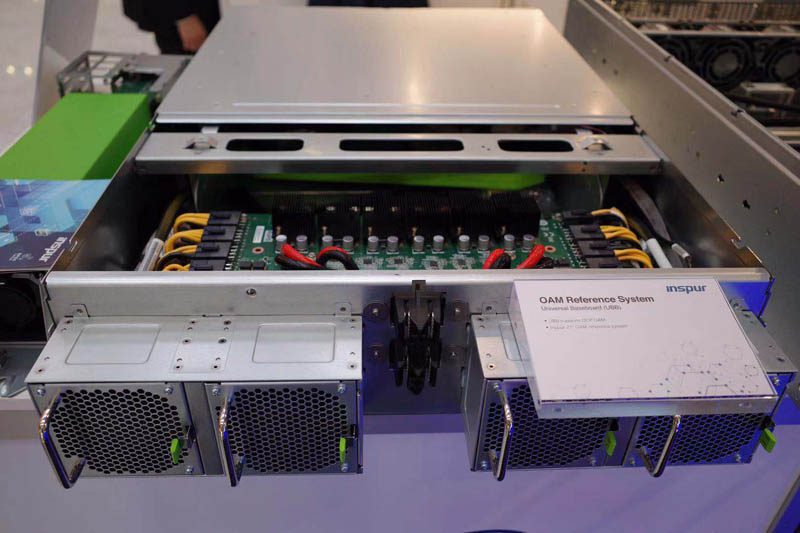
Here is the explosion of an OAM system from Inspur:
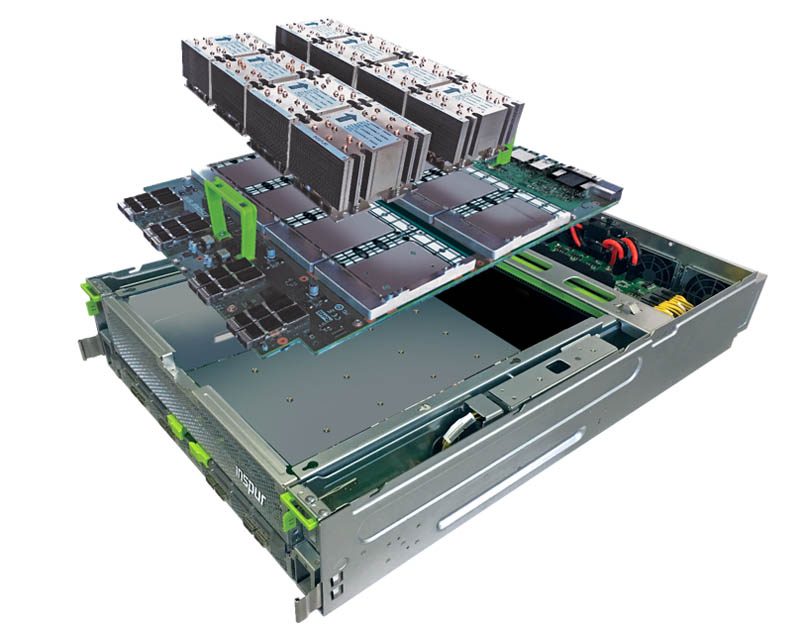
Here is another view of the Facebook OAM system where the accelerators are closer in orientation to AMD’s picture.
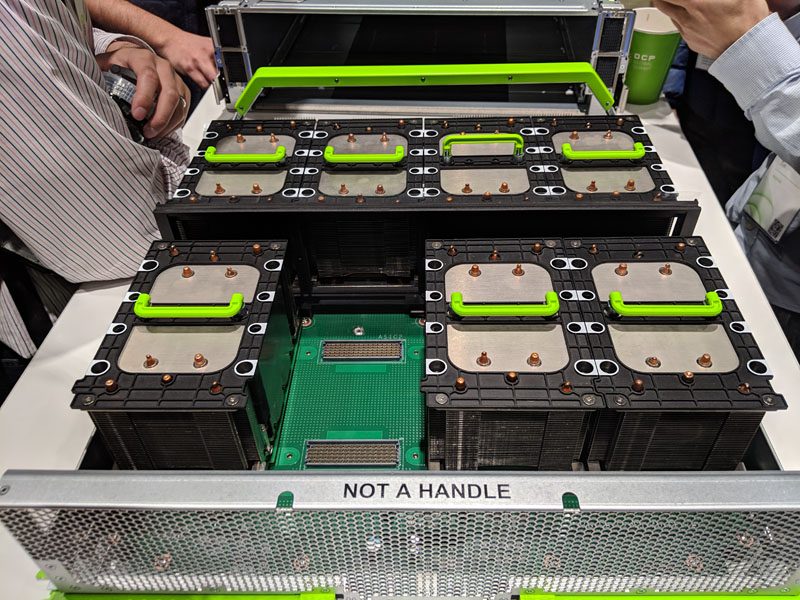
Hyper-scale clients are demanding OAM, and it is becoming like the OCP NIC 3.0 where we are seeing vendors adopt it both on the card and accelerator side as well as systems vendors. As a few examples, here is the Habana Labs Gaudi HLS-1 system that has the eight OAM array:
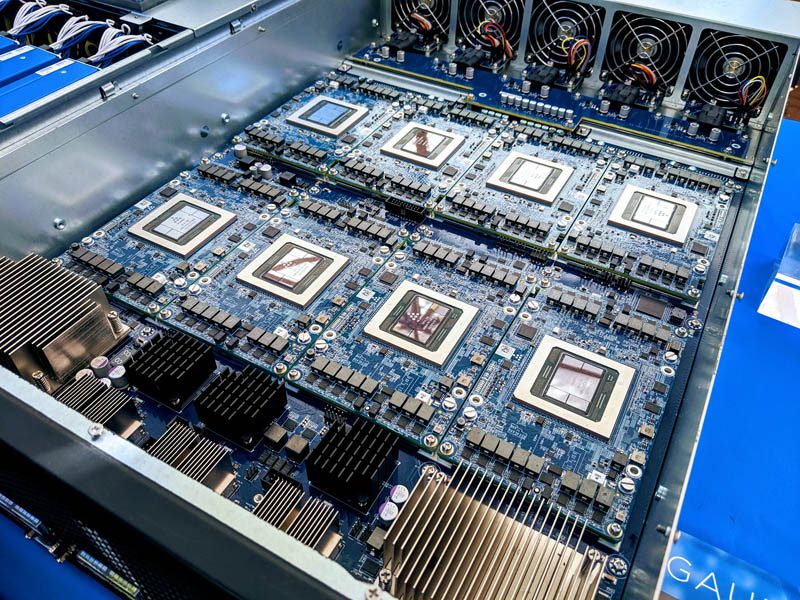
Here is Intel Ponte Vecchio in an OAM form factor.
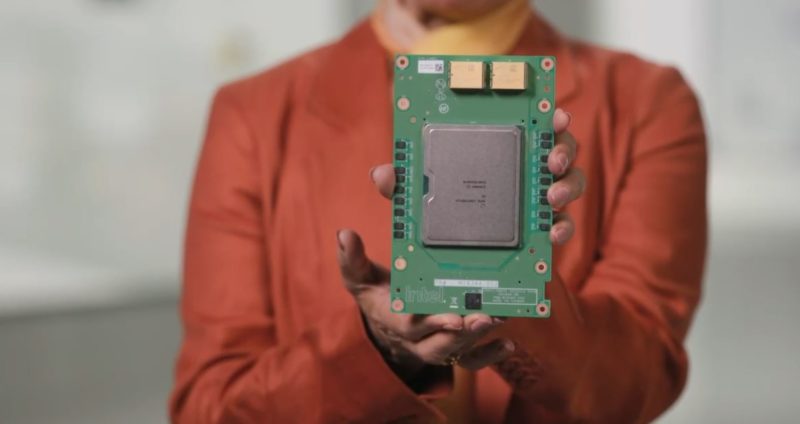
Other vendors such as Enflame also have OAM.
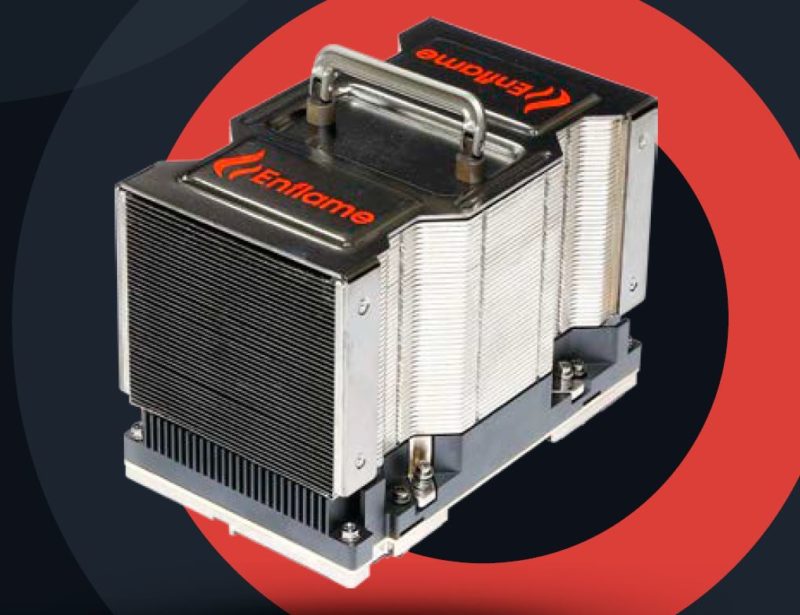
Xilinx for its part showed an OAM card at last year’s OCP Summit. AMD is also one of the contributors to the OAI-UBB spec:

The point here is that OAM is going to be a large ecosystem because major cloud providers are pushing for an open standard rather than a closed SXM/ NVLink standard. AMD just showed off an AMD EPYC server with eight OAM accelerators.
Final Words
Although the clues are all out there on what this is, we are under embargo so all we can cover is the image released. Still, OAM is going to be a driving force in the industry that will help connect, power, and cool 500W-800W accelerators. Major industry players have been onboard for years. Expect more of this coming in 2022 on STH even beyond our coverage of the AMD data center event next week where we discuss what is under those big heatsinks.
Perhaps not coincidentally, OCP Summit 2021 is next week as well that STH will be covering.

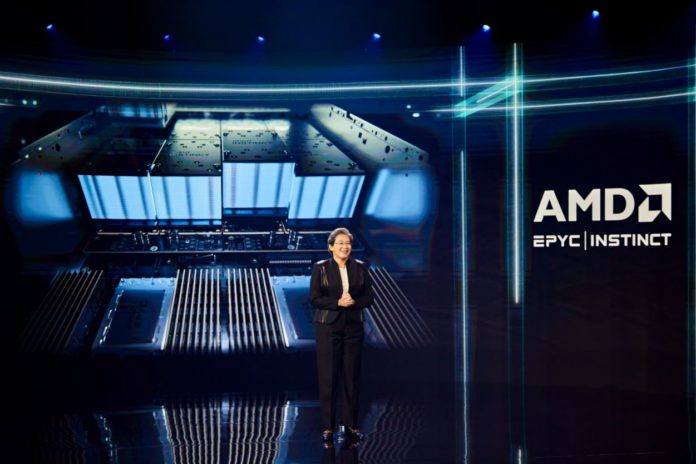



Next up is their SC21 presentations: https://sc21.supercomputing.org/organization/?inst=2344831629551246236 next week.